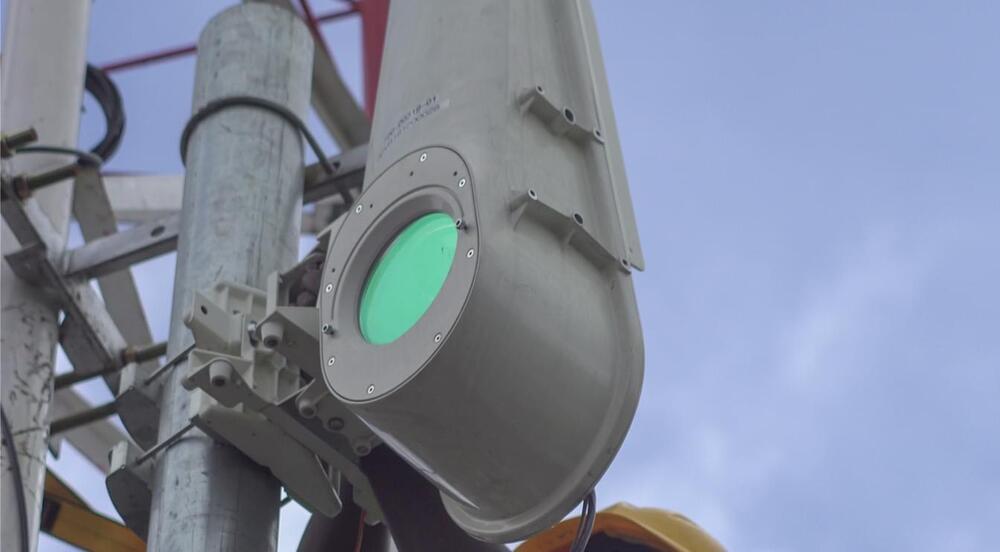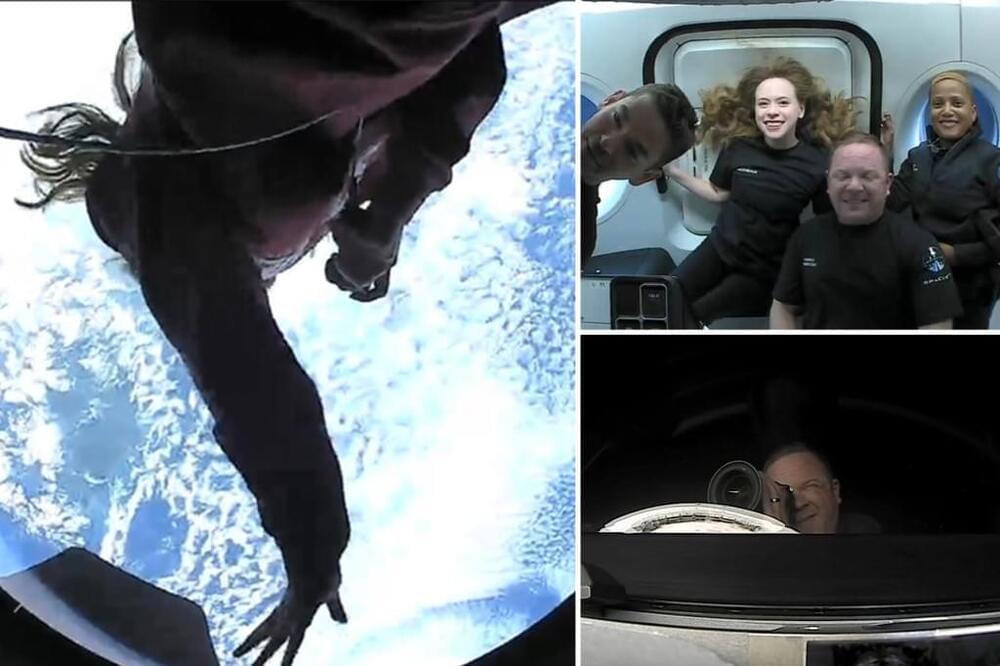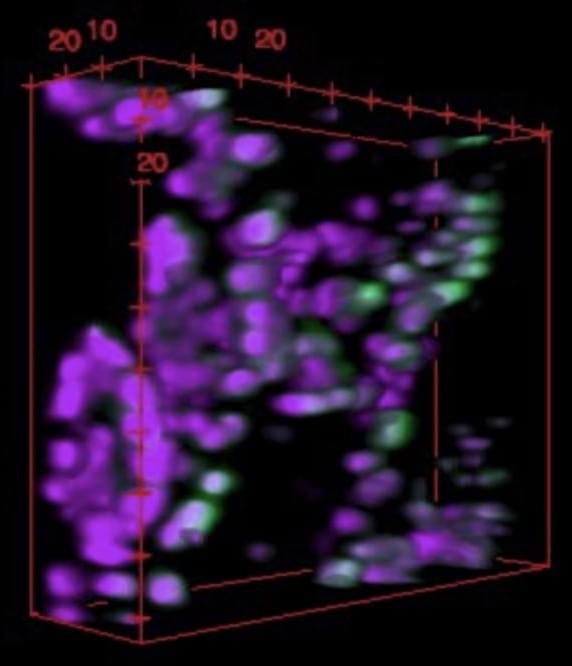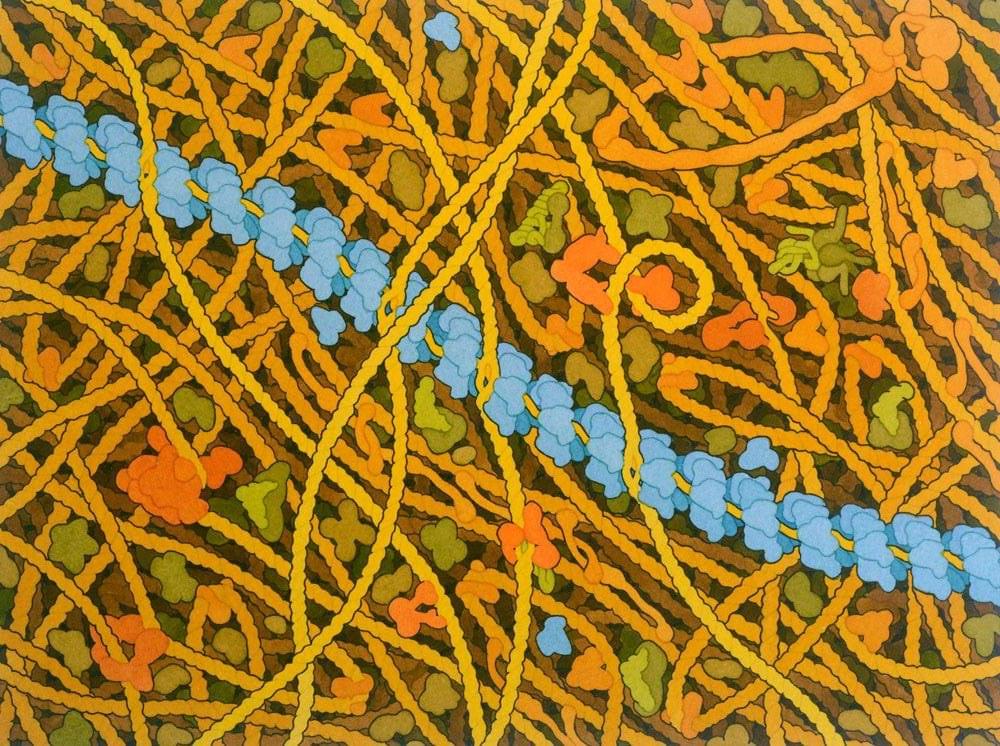Sep 17, 2021
Deep learning helps predict new drug combinations to fight COVID-19
Posted by Genevieve Klien in categories: biotech/medical, existential risks, health, robotics/AI
The existential threat of COVID-19 has highlighted an acute need to develop working therapeutics against emerging health threats. One of the luxuries deep learning has afforded us is the ability to modify the landscape as it unfolds — so long as we can keep up with the viral threat, and access the right data.
As with all new medical maladies, oftentimes the data needs time to catch up, and the virus takes no time to slow down, posing a difficult challenge as it can quickly mutate and become resistant to existing drugs. This led scientists from MIT’s Computer Science and Artificial Intelligence Laboratory (CSAIL) to ask: how can we identify the right synergistic drug combinations for the rapidly spreading SARS-CoV-2?
Typically, data scientists use deep learning to pick out drug combinations with large existing datasets for things like cancer and cardiovascular disease, but, understandably, they can’t be used for new illnesses with limited data.


















